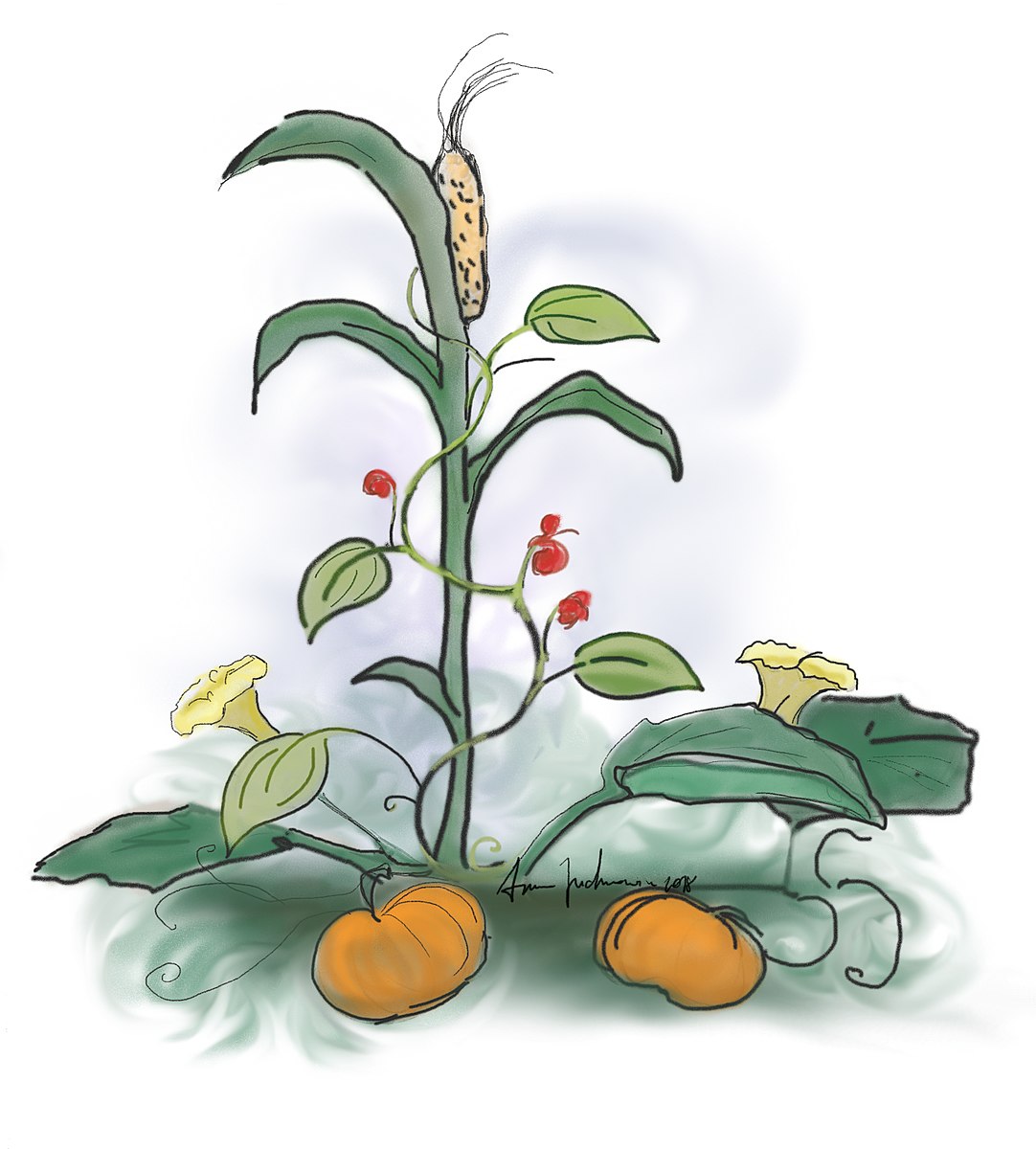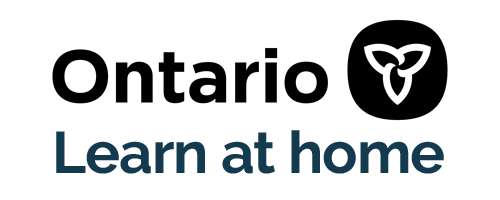
Image Credit: Anna Juchnowicz via CC BY-SA 4.0
Connecting Reading and Writing: Traditional Stories
Goals:
- Read and respond to traditional stories
- Understand characteristics of traditional stories
A traditional story is a story that has been told and re-told for many years. In fact, they are re-told so often that almost everyone knows them!
There are different kinds of traditional stories, including legends, myths, fables, and fairy tales.
A traditional story is one that might try to:
- Teach a lesson
- Explain why the world is the way it is
- Explain something from nature
- Explain a part of history
People from different parts of the world have traditional stories all their own.
Today we will read a traditional story from the Oneida Nation.
Read the story The Legend of the Three Sisters.
There is also a video retelling of this story you can watch.
This story is told to explain the best way to plant crops. This story is told by many First Nations.
To learn more, read this article explaining why it is helpful to plant corn, beans, and squash together.
Think about the three sisters from this story and the corn, bean and squash plants mentioned in the article.
Which sister represents each plant? What clues in the story and the article helped you decide?
Share your thinking with a family member.
Other Opportunities:
- Traditional stories were often told by storytellers. Re-read or watch the video of the story. Then practice retelling the story to yourself. When you know the story really well, retell it to a family member.
Note: Online articles can be challenging to read. If your child is logged into their WRDSB Google Account, they can use the Read and Write for Google Chrome plugin to have online text read to them.
Categories: Elementary

